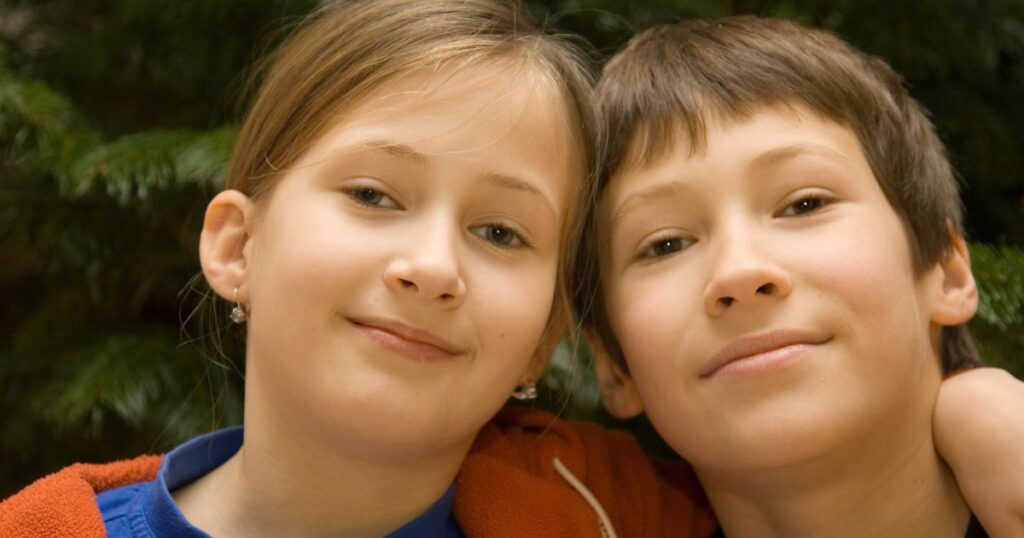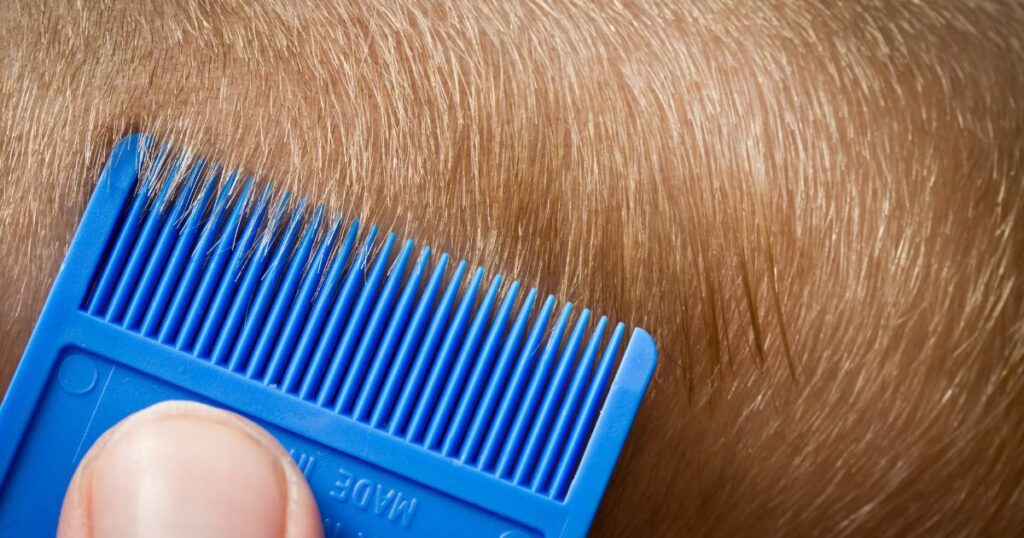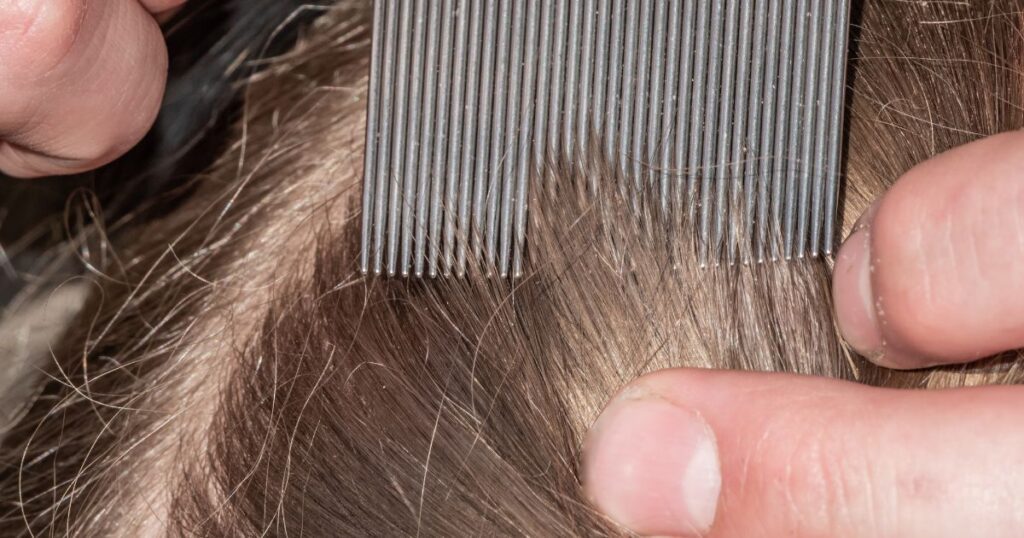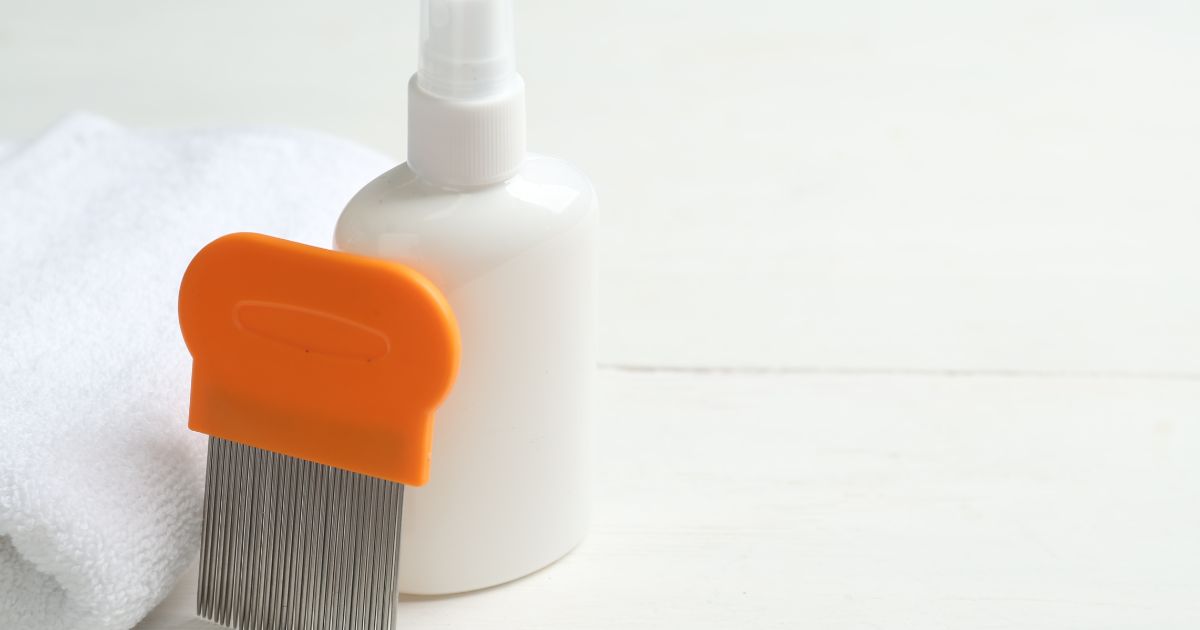Have you ever wondered if skipping a shampoo could land you with unwanted guests? Head lice are a common concern, and myths about getting lice from not washing your hair abound. Can bad hygiene really explain those pesky head lice symptoms?
Head lice are tiny insects that feed on human blood and are commonly spread through direct contact. Contrary to popular belief, poor hygiene is not a significant factor in lice infestations. Let’s untangle the truth from fiction and explore what really attracts these tiny critters.

What Are Head Lice?
Head lice are small parasitic insects that reside on and feed off the human scalp. Understanding their life cycle is key to effective treatment and prevention. The lice life cycle comprises three stages: nits, nymphs, and adults.
- Nits are lice eggs that female lice attach to the hair shafts near the scalp. These eggs are small, oval-shaped, and typically yellow or white. They hatch within 6–9 days into nymphs.
- Nymphs are immature lice that resemble adults but are smaller. They mature into adults in about seven days and feed on human blood multiple times a day.
- Adult female lice are about the size of a sesame seed and can live for up to 30 days on a person’s head. They perpetuate the cycle by laying 6–10 eggs per day.
Head lice prefer to stay close to the scalp, where they have easy access to blood. Their feeding habits make them highly irritating and itchy for the host.
Common Myths About Head Lice
There are many misconceptions about head lice, particularly regarding hygiene and how infestations occur. Let’s debunk some of these common myths about whether you can get lice from not washing your hair.
Myth: Lice Prefer Dirty Hair
Contrary to popular belief, head lice do not prefer dirty hair. They are equal-opportunity pests, meaning they infest both clean and dirty hair with equal enthusiasm. The primary concern for lice is accessing the human scalp to feed on blood, not the cleanliness of the hair.
This misconception likely stems from the association of lice with poor living conditions. However, in reality, lice are not discriminative and can be found in all socioeconomic groups. Whether you wash your hair frequently or not does not impact your likelihood of getting lice.
Myth: Poor Hygiene Causes Lice
Another prevalent myth is that poor hygiene causes lice infestations. The truth is that lice are primarily spread through direct head-to-head contact with an infested person. This often occurs in environments where close contact is common, such as schools, playgrounds, or during sleepovers. Therefore, you cannot get lice from not washing your hair because lice care about access to the scalp and not cleanliness.

Factors That Actually Contribute to Lice Infestations
Understanding the factors that contribute to lice infestations is key to effective prevention. Contrary to the belief that you can get lice from not washing your hair, the real culprits are direct contact and sharing personal items.
Direct Head-to-Head Contact
The primary way lice are spread is through direct head-to-head contact. Lice cannot jump or fly; they can only crawl, making close physical contact essential for transmission. This often happens in places where people are in close proximity for extended periods.
Common scenarios where lice transmission occurs include:
- Schools and Playgrounds: Children playing closely together, sharing secrets, or sitting side by side can easily transmit lice.
- Sleepovers and Camps: Extended periods of close contact during sleepovers or camps provide ample opportunities for lice to spread.
- Family Settings: Within families, cuddling, shared beds, and close interactions can lead to the spread of lice among members.
Sharing Personal Items
Another significant factor in the spread of lice is sharing personal items. Lice can survive on items that come into contact with the head, such as:
- Combs and Brushes: These items can harbor lice and their eggs (nits), facilitating transfer when shared.
- Hats and Helmets: Sharing headgear can lead to lice crawling from one person’s scalp to another’s.
- Pillows and Bedding: Lice can survive on pillows, blankets, and other bedding for a short period, making shared sleeping arrangements a risk.
Understanding these factors helps in recognizing the real head lice causes and debunking myths about poor hygiene. Recognizing head lice symptoms, such as itching and visible nits, early on and taking preventive measures can effectively manage and prevent lice infestations.
Prevention and Treatment of Head Lice
Preventing and treating head lice effectively requires understanding the best practices and available options. Here’s a detailed look at how to manage and prevent head lice.
Effective Prevention Tips
Regular checks and preventive measures are crucial to preventing head lice. Head lice prevention can be enhanced through these steps:
- Regular Hair Checks: Regularly inspect your child’s hair, especially after playdates or school sessions. Use a fine-toothed comb to look for lice and nits.
- Use Preventive Products: Some shampoos and sprays are designed to repel lice. While their effectiveness varies, they can be part of a broader prevention strategy.
- Avoid Head-to-Head Contact: Lice spread mainly through direct head-to-head contact. Teach children to avoid such contact during play and other activities.
- Do Not Share Personal Items: Avoid sharing combs, brushes, hats, scarves, and other personal items that come into contact with hair.
Treatment Options for Head Lice
If an infestation occurs, several lice treatment options are available:
- Over-the-counter (OTC) Treatments: Many OTC shampoos and lotions contain pyrethrin or permethrin, which are effective against lice. Follow the instructions carefully for the best results. Reapplication may be necessary as most OTC treatments do not kill nits.
- Prescription Treatments: For stubborn cases resistant to OTC treatments, prescription shampoos or lotions can be used. These treatments often contain stronger active ingredients like spinosad or ivermectin.
- Environmental Cleaning: Wash and dry clothes, bedding, and personal items used by the infested person in hot water and high heat. Vacuum the floor and furniture where the infested person has been to remove any fallen lice.

Protect Your Family From Lice
Understanding the facts about head lice and hygiene can help effectively prevent and treat infestations. It’s a common myth that you can get lice from not washing your hair. However, lice do not discriminate between clean and dirty hair. Regular checks, avoiding direct contact, and proper treatment methods are key to staying lice-free. By implementing regular hair inspections, using preventive products, and avoiding the sharing of personal items, you can significantly reduce the risk of lice.
If you suspect a lice infestation or need professional help, visit us at The Lice Clinics for effective treatment and guidance.

